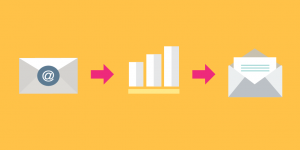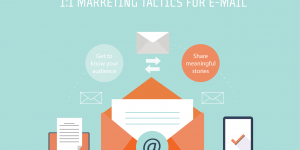The days of mass email marketing, better known as spamming, are over. Internet service providers closely monitor email marketing activity and stand ready to cut off access to businesses that do not follow the rules. While that may present a problem for some, it greatly benefits those who use email marketing responsibly.
We could get into the specifics about what time of day and what day(s) of the week generate the greatest results but creating a successful email marketing strategy starts with much larger scale decisions. As with other forms of communication the two most important things to consider when designing a campaign are what message are you sending and who it is going to.
When looking at your audience you will want to segment subscribers so that you are able to vary your message specifically for each group. Establishing messaging that is focused for the audience will help safeguard your ability to get emails delivered overtime and reduce the number of contacts that opt out of your communications. Always remember that with email marketing it is important to email to people who have opted in to receiving this communication from you. That provides opportunity for higher engagement right off the bat.
It is always a good practice to establish the goals for your campaign prior to determining the message. If your goal is educational, or to nurture a prospect, then the messaging may not have a strong offer or call to action; If the goal of your campaign is to drive commerce or initiate a direct donation to a cause, the message should be focused on creating action and have a strong offer or call to action. To maximize the return from a campaign you can use a subscriber activity over time to further segment them into groups based upon what type of call to action is required to create a response. Both approaches are valid and important to use as part of your overall strategy.
Furthermore, varying the content and call to action based on the data you have can make a big difference in your final results as well. If you are running a retail business and know that one subscriber will make a purchase with a 20% off offer but another requires 30%, vary your messaging to maximize your profit from each subscriber. If you are a nonprofit and know that one group of donors will support a cause based upon financial need but another will support a cause based upon the lives that are changed, vary your message to tell the story that each respond to.
Targeting your subscribers with the right messaging at the right time will keep subscribers more engaged and maximize your return on investment.
More Insights to Enjoy:
+ How Marketing Helps Build Relationships that Drive Sales
+ 5 Best Practices for Success with Personalized Marketing
+ 3 Reasons to Hire a Professional Designer
Sign up today to receive future issues of our award-winning newsletters to ensure you receive all of Action’s Insights.
© Action Graphics, 2014.



